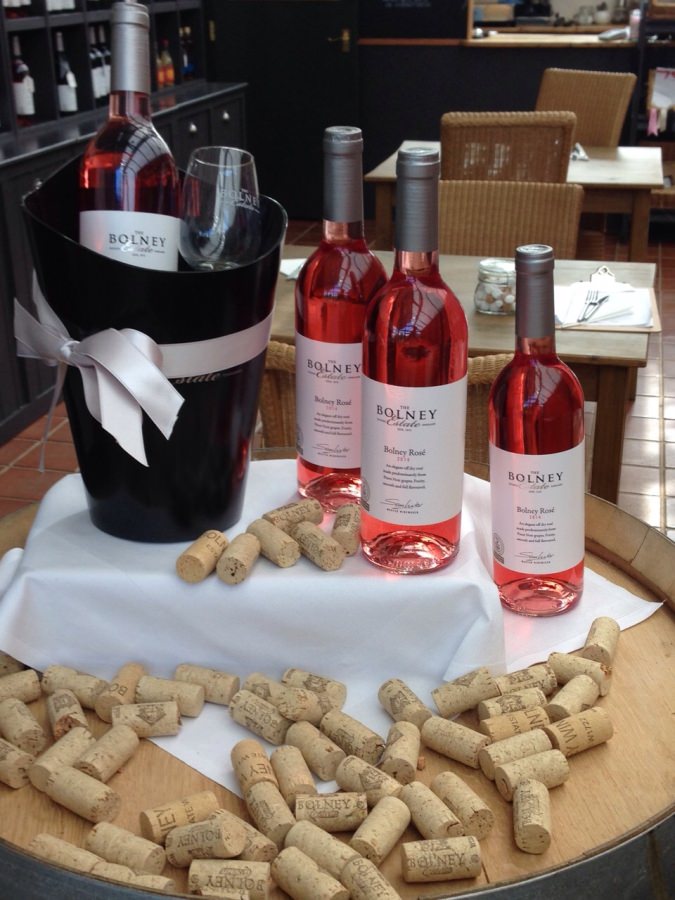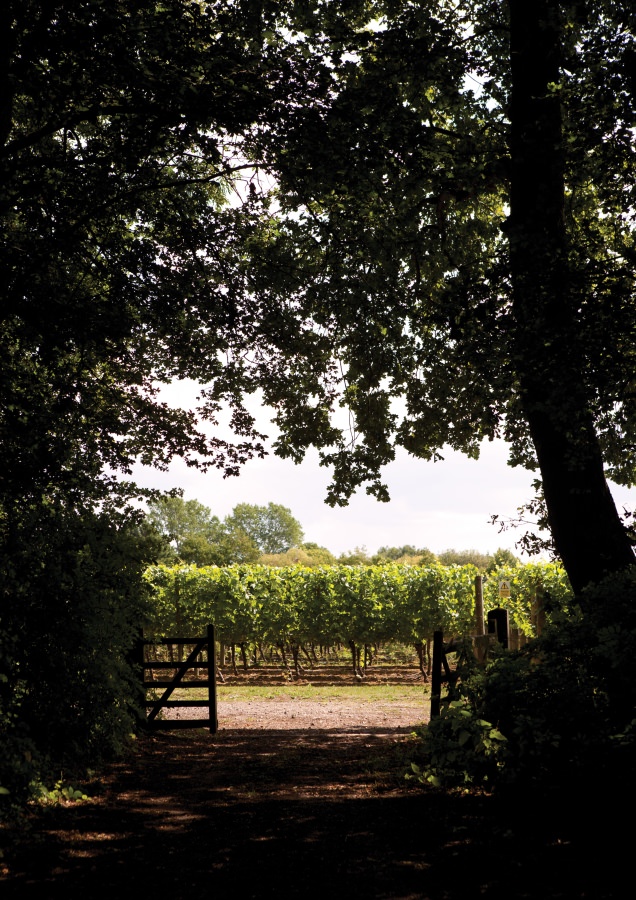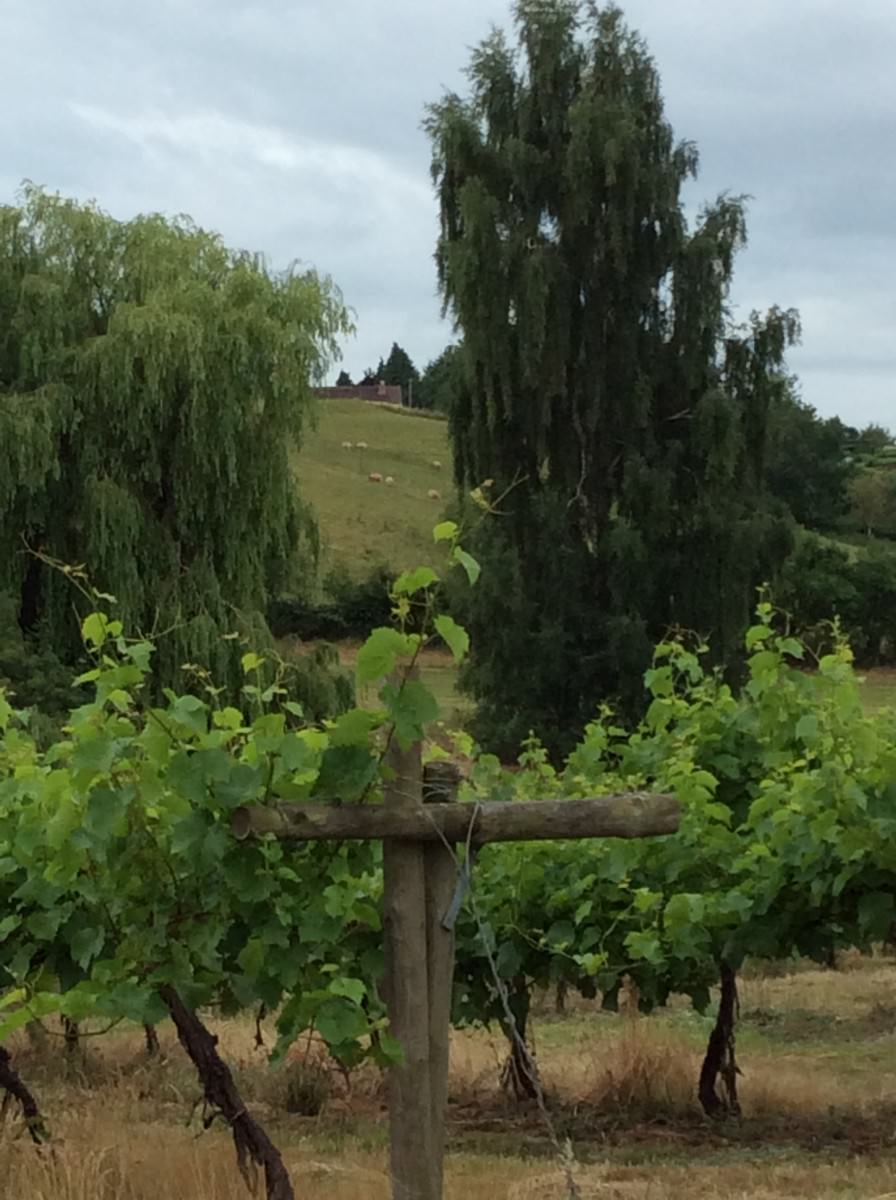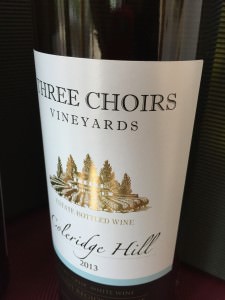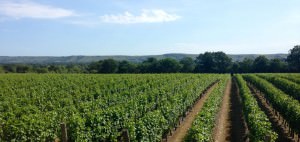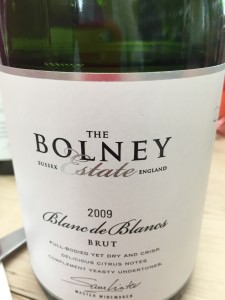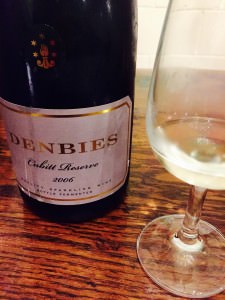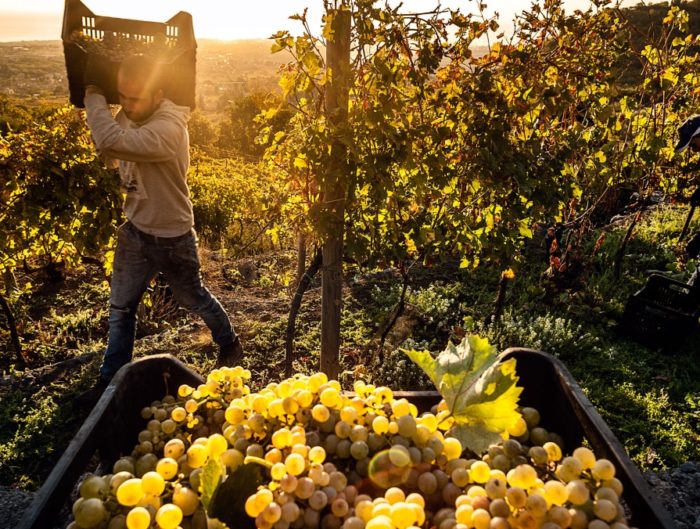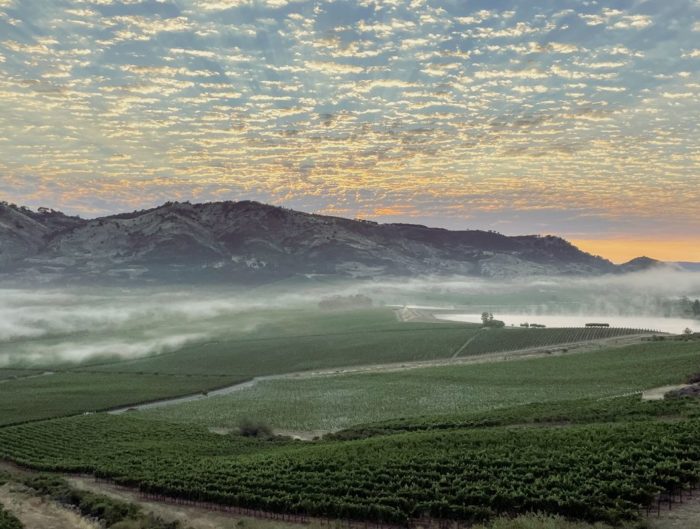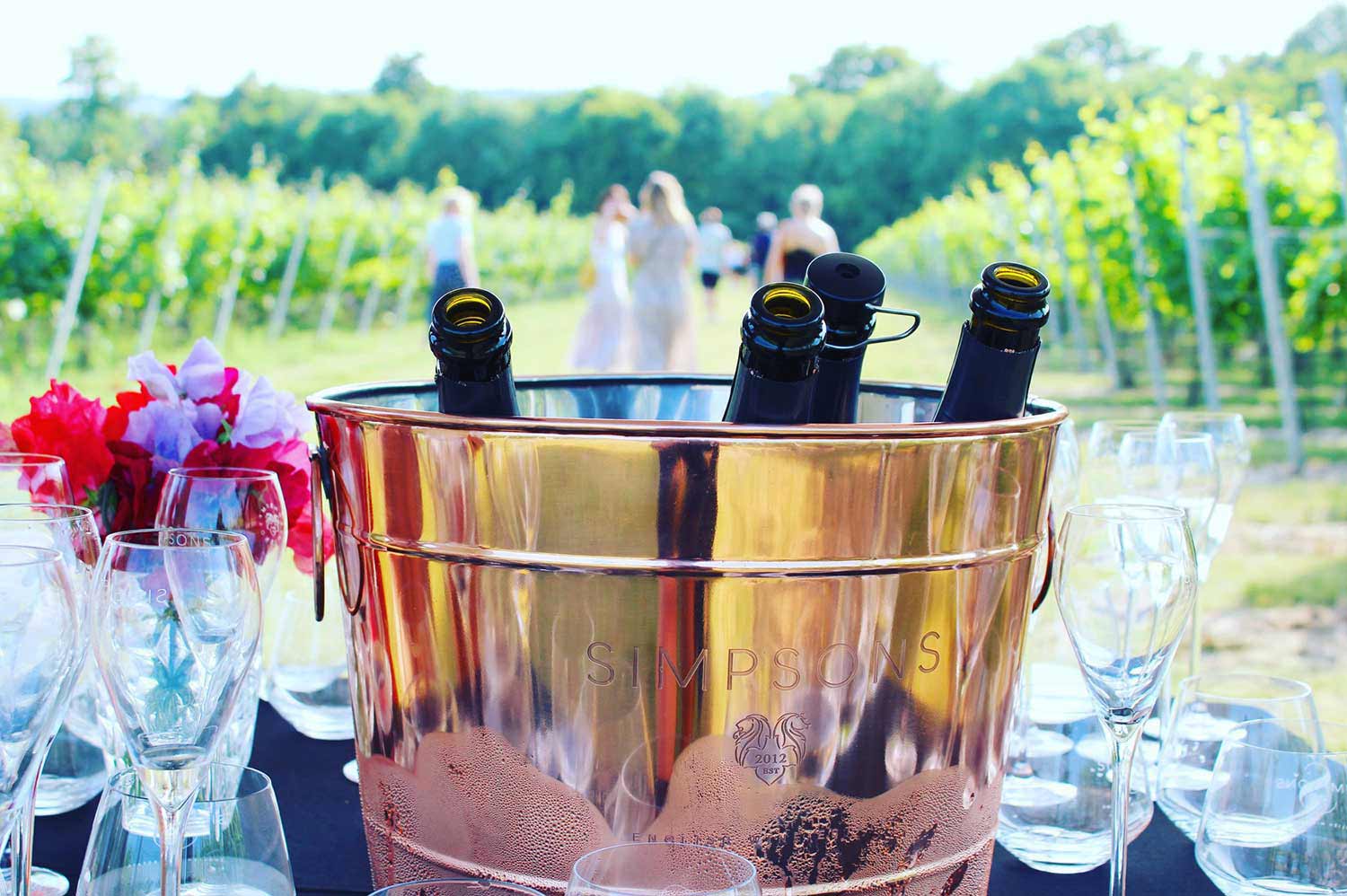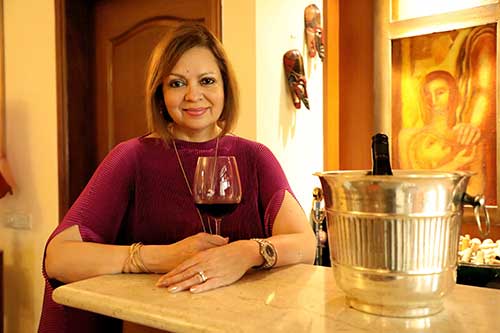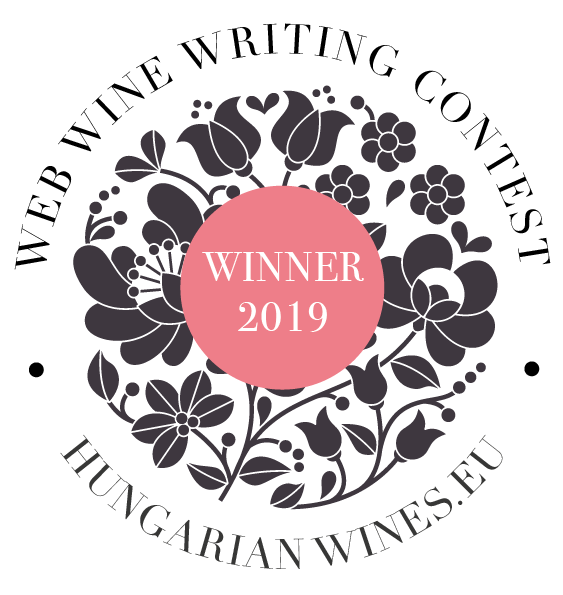Do you know what I did last summer? My family and I hired a car and drove around the English vineyards. Yes, English vineyards. We started from Gloucestershire in the west, and drove our way down to the heart of the English sparkling wine countryside – Sussex and Kent. A learning experience and a pleasurable one at that, driving through winding country lanes and quaint English villages with delicious names, dining at pubs and staying at B&Bs.
English wine? Intriguing, as not very much is widely known about it. But things have been steadily looking up over the last decade, especially for English sparkling wine, which has won numerous awards and medals at international competitions. So a few years ago, I pencilled it down on my list of wine regions to visit.
A brief history of English wine is required for those who aren’t too familiar with it. Wine has been around in what is now Great Britain from the times of the Roman invasions, if not earlier. But unlike its European neighbours, England did not have a reputation for producing fine wines.
Until recently.
With the whole global warming scenario and rapidly changing climate across the globe, England enjoys an enviable advantage of location and weather, something that cannier English wine producers are now banking upon. The terroir in the south west of England, especially the limestone-rich soil, (Sussex/Kent) is similar to that of Champagne, not too far away as the crow flies. So it made sense for English producers to begin planting the same grapes which have made Champagne famous – Chardonnay, Pinot Noir and Pinot Meunier. Plus a whole lot of others which you may not have heard about – and I was fascinated by the knowledge that English still wine is dominated by so many German varieties, some pretty obscure or rarely grown elsewhere. (Much of it, I was told, developed during the 1970s when the German research centres offered support, rootstock and clones to the nascent English wine industry). Huxelrebe, Madeline Angevine, Ortega, Reichensteiner, among the whites and Dornfelder, Dunkelfelder, Rondo and Regent among the reds were some I encountered this time. England also plants quantities of Seyval Blanc, Auxerrois, Pinot Gris and Müller-Thurgau. And do be warned, British wine is not the same as English wine. British wine is made from grapes bulk-imported into the country, while English wine must be made from grapes grown in England. There are also currently 490 vineyards in England – not a small number.
Surprised? I was.
Three Choirs, Gloucestershire
Website: www.three-choirs-vineyards.co.uk
Address: Newent, Gloucestershire GL18 1LS
One of England’s oldest planted vineyards, Three Choirs in the picturesque Cotswolds and at the edge of the Forest of Dean combines both wine tourism with wine production. Charming vineyard cottages (lodges) have sit-outs overlooking the vineyards and claw-footed bathtubs in the bathrooms, as well as an all-British fine dining restaurant set overlooking its rolling vineyards have made it a very popular weekend getaway or even a weekend gastronomic indulgence (slow-cooked daube of Herefordshire beef, button onions, mushrooms, pancetta and thyme accompanied with duck fat chips, anyone?) It was our first stop on our drive which commenced in Bristol (after a particularly satisfying gourmet English meal at The Pony and Trap, the Michelin-starred restaurant in the village of Chew Magna, on Bristol’s outskirts.)
The cottages at Three Choirs were quiet and serene – just the ticket after the hectic graduation week. In the morning, winemaker Martin Fowkes took me around the winery and vineyards. This was a fruit farm until 1973, he explained. Three Choirs’ first harvest was in 1976, a very hot summer. Today it’s one of England’s largest vineyards, with 75 acres under cultivation, producing 250,000 bottles of wine annually. Three Choirs struck a blow for Queen and country by winning a first-ever gold medal at Vinexpo Bordeaux in 1983, at a time when English wine was barely heard of. Today, they concentrate on their still wines, with 16 grape varieties in the vineyards (producing nine whites, one rose, two reds and two sparkling wines). The wines have a markedly fruity character – after all, it was a flourishing fruit farm – punctuated with a quiet English restraint in the wine’s finish. In fact Three Choirs started the whole wine tourism movement early on, though in those days it was just a vineyard visit, a ploughman’s lunch with a glass of wine!
Martin rues the high duties on English wines, which pushes up prices for the consumer. “The duty in France is equivalent to about 2 or 3 pence a bottle. Our government should support us more,” he said. Three Choirs also has its own ciders and ales, one named after the legendary character of Dick Whittington who lived “over the hill.” The wines include a wide range, including the exotic-sounding, aromatic Siegerrebe (£12.99), a cross between the equally exotic Madeline Angevine and Gewürztraminer), and a single-varietal Bacchus (£12.99), a wine that is gentle, dry and very British, with distinct notes of herbs and elderflower.
Bothy Vineyard, Oxfordshire
Website: www.bothyvineyard.co.uk
Address: Bothy Vineyard, Frilford Heath,Abingdon OX13 6QW
From here it was up to re-visit the dreaming spires of Oxford. Though, being vacation time, the city was bursting at the seams with tourists, so we took our host’s advice and escaped to visit Bothy, an Oxfordshire vineyard in a little hamlet named Frilford Heath, run by an Oxford don and his wife – Richard and Sian Liwicki. (See my blog elsewhere on this site).
Ridgeview Estate, Sussex Downs
Website: www.ridgeview.co.uk
Address: Fragbarrow Lane, Ditchling Common BN6 8TP.
Then on to Ridegeview. One of the absolute must-visits on my list.
One sip of any of Ridegview’s famous sparkling wines and you can see why the prospects of English sparkling wine are good, very good. We drove into the tiny, quaint village of Ditchling situated in the beautiful South Downs of England’s south east. Ridgeview is run by the second generation of founder Mike Roberts’ family, and makes 10 classic Champagne-style sparkling wines. We were given the grand tour by Tom Surgey, Ridgeview’s business development manager and did the tasting in their tasting room with a stunning view of their vineyards. Later, we were joined by the very friendly Mardi Roberts, who handles sales and marketing. As afternoons go, it was a sparklingly lovely one.
“Ditchling Beacon is 90 miles from Champagne, as the crow flies,” said Surgey, explaining why the two regions produce similarly styled wines. Indeed, the soil here has the requisite chalk, limestone, clay and kimmeridge, and the clones are from Champagne. Ridgeview started their production in 1996 with 25,000 bottles. Today they produce 250,000 and have ambitious plans already in place to scale up operations to keep up with demands. Indeed, Ridegeview has led the charge along with other producers like Nyetimer and Chapel Down, sweeping awards and medals for English sparkling wine. “But we’re not trying to be champagne,” he adds, “There are many points of difference – for instance our long, cool ripening imparts a delightful fruit flavour along with a balanced acidity. In our Pinot Noirs, you can taste the concentrated fruit character.”
The passion with which Ridgeview works is evident in their care of their vineyards. “We wait for the perfect day to harvest.
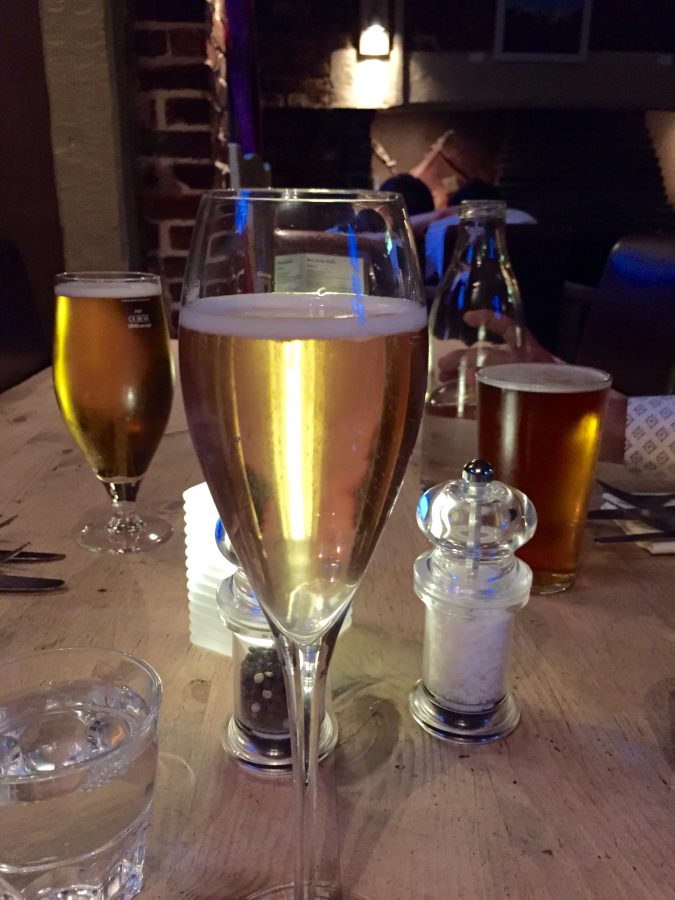
My glass of Ridgeview sparkling which accompanied a fine meal at the local gastropub, The Bull, in Ditchling
Every grape is hand-picked in shallow baskets and we load our presses with whole bunches.” The artisanal outlook is reflected in the novel way they handle potential frost hazards which could destroy grapes – paraffin wax candles (bougies) and temperature gauges are set up in the vineyards before harvest. If there is frost, then thousands of candles are lit by hand and burned all night. In 2010 they did this painstakingly for 11 entire nights, and every member of the team sat nursing the grapes. Ridgeview sparkling wines spend an average of 18 months in the bottles – going up to 3-4 years if required.
Ridgeview celebrated its 20th anniversary recently, and its wine has been served at state dinners to Barack Obama and the Chinese Premier. Here are some excerpts from my tasting notes of the afternoon.
The entry level Bloomsbury is not a cheap quaff at £24.95 a bottle, and Surgey swears it is perfect with the very English meal of fish and chips. This is followed by the black-grape dominated Ridgeview Cavendish (£24.95), their traditional blend. The Chardonnay-led award-winning Ridgeview Fitzrovia rosé (£26.95), follows, delicious red fruit flavours coming from a touch of Pinot Noir; and the exquisitely elegant single vineyard Ridgeview Blanc de Blanc 2011 (£29.95, earlier called Grosvenor, their first award winning sparkling whose 2006 vintage beat top champagnes including Taittinger Prélude NV and the Charles Heidsieck Millésime 2000 in the Decanter World Wine Awards 2010) has notes of citrus, honey and melon notes and a long finish from its 3 years on lees – one of my favourites on that warm, English afternoon. Their Ridgeview Rosé de Noirs (£32.95), made by the saignée method, had 59% Pinot Meunier to 41% Pinot Noir, the perfect celebration wine of class and some heft.
Ridgeview wines are stocked at leading wine retailers, and restaurants like Browns and Gordon Ramsay’s. When Tom Surgey insisted “We love what we do and have a good time doing it,” I could see it reflected in the end product.
Bolney Wine Estate, West Sussex
Website: www.bolneywineestate.com
Address: Foxhole Lane, Bolney, Haywards Heath, West Sussex RH17 5NB
Bolney, another one of English wine’s pioneering wine producers, has also been in the news for the right reasons. Established in 1972, Bolney encompasses 40 acres and produces 120,000 bottles of wine, of which their Pinot Gris is noted for being the first English wine to be served in British Airways’ first class, and 2015 saw their wines also officially present at Wimbledon.
Bolney is as proud of its still wines as it is of its sparklings, and you will find these on the shelves of Marks & Spencers, Waitrose and other leading stores. “English red wines had a terrible reputation earlier,” confessed Amy, our guide for the afternoon, “but with wine appreciation booming, English wines are picking up in popularity and our Pinot Noirs, for instance, are being judged alongside those from New Zealand and the USA. Though I agree, the positive reception of our sparkling wines have paved the way for our still wines.” Still, the Bolney Pinot Gris 2013 flew off the shelves at £16.99, and their Pinot Noir (£16.99) reflects the values of the ones from Burgundy – it’s also very popular. Their Bacchus is another hot seller. Samantha Linter is owner and winemaker of the 39 acre wine estate.
You can visit their charming little tea room cum shop, and pick up their wines at ex-winery prices.
Denbies Wine Estate, Surrey
Website: www.denbies.co.uk
Address: London Road, Dorking, Surrey, RH5 6AA
If you want an viniferously entertaining day out of London, head to Denbies Wine Estate, a 40 minute drive from Heathrow., we were told. And no wonder. One of England’s largest, and dare I say, showiest estates and winery, Denbies offers options such as rides in horse-drawn carriages, or a toy train that chugs around its 627 acres of chalky soil, 200 of which are woodlands, and including a 360 degree wraparound theatre experience and tasting which explains everything about the estate via the audio-visual medium, Denbies is more than just a winery. It’s an experience. (You can even have your wedding there, said horse-drawn carriage et al.)
Then there are the wines. Denbies wines cover 15 styles, 6 of which are sparkling, 2 red, 2 rose and 5 white wines. Their very popular Denbies Surrey Gold NV combines Ortega, Müller Thurgau and Bacchus to make a medium dry crisp wine with a ‘flinty backbone.’ “We are set exclusively on chalk soil, so the minerality and acidity in our wines is evident,” says our guide Victor, who took us around the winery and other points of interest, though the grey skies and drizzle kept us away from the vineyards. “Our wines aren’t only fruit driven but have a good balance – hand crafted with a very individualistic style.”
With their size, it’s no wonder that several different microclimates exist within the estate, and wine styles vary. Standing in their expansive cellar surrounded by rough-hewn tasting tables and carved barrels, I could have been in an old French or Italian cellar. Some excerpts from my tasting notes:
Denbies Chalk Ridge Rosé 2013: A distinctly different rosé, strawberries, garrigue and thyme on the nose with a fine underlying acidity, this is a blend of Rondo, Dornfelder (described by Victor as a “wonderfully fecund grape variety”) and Pinot Noir. Dry, good acidity, very English. £10.99.
Denbies Greenfields sparkling NV : Made from the trio of Champagne grapes, this has 50% Pinot Noir, 15% Pinot Meunier and 35% Chardonnay, this reflects its champagne characteristics. Lots of dried stone fruit and rich Xmas cake in the finish. £24.99.
Denbies Cubitt Reserve Blanc de Noir 2006 Pinot-Noir dominated with some Pinot Meunier and Chardonnay is what he referred to as their ‘pièce de resistance’. Creamy yet crisp with some nice brioche on the palate and a longish finish. £27.50.
I’m still not done visiting my short-listed vineyards. On my next visit, I really hope to do some more. Meanwhile, on your next visit to England, I would suggest giving Madame Tussaud’s and Harrods the skip and drive down to the countryside and sip some English wine.
For winery visits, booking prior appointments on the winery websites is strongly recommended.

